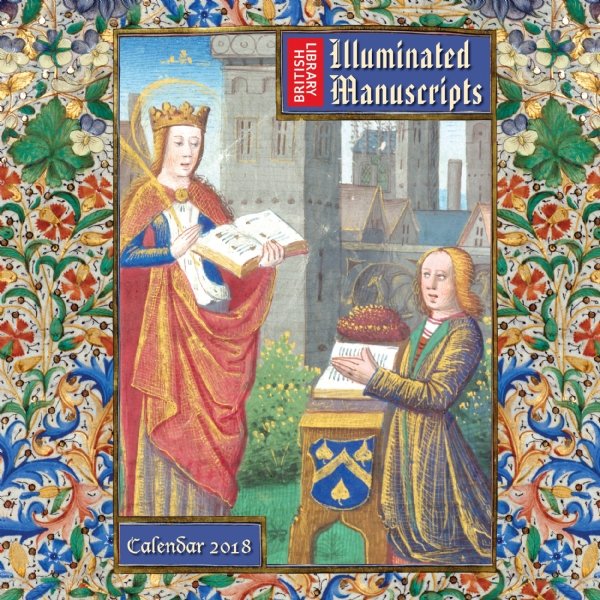Rare manuscripts, photographs, and other historical artifacts.
Introduction
India is said to have the largest collection of manuscripts in the world scattered all across the country. Indian manuscripts were written in a variety of languages and scripts that have survived till today. These are in the Grantha, Devanagari, Nandinagiri, and Telegu scripts and multiple languages. The heritage and history of India are well documented in these treasures. The front and back cover of the manuscript would always be a hard material in order for protection. These covers were most often adorned and sometimes even made of precious materials such as ivory. The people of the Indian subcontinent have historically been a culture of knowledge. Thousands of texts and illuminated manuscripts have survived to this day. It is proof that whether in the midst of war or prosperity, kings and scholars worked to preserve the culture and histories of their people. So the next time you write a note, imagine who might find it years from now.
Types of Manuscripts

Diaries
Personal and official correspondence
School papers
Speeches
Drafts of literary manuscripts and other writings
Notebooks
Account books
Ships' logs
Commonplace books (containing handwritten recipes, poetry, and other musings)
Autograph and commemorative albums
Scrapbooks
Press clippings
Subject files
Photographs
Legal and financial papers
Scope and Diversity of Manuscripts
Some documents in a collection may tell us very little about the person in whose papers they came to reside. Instead, they are important for the data they reveal about other people, places, or events. The best examples of this might be:
incoming letters from friends and associates
constituent mail received by politicians
medical and school records retained by doctors and educators
legal case files compiled by lawyers, judges, and civil rights organizations